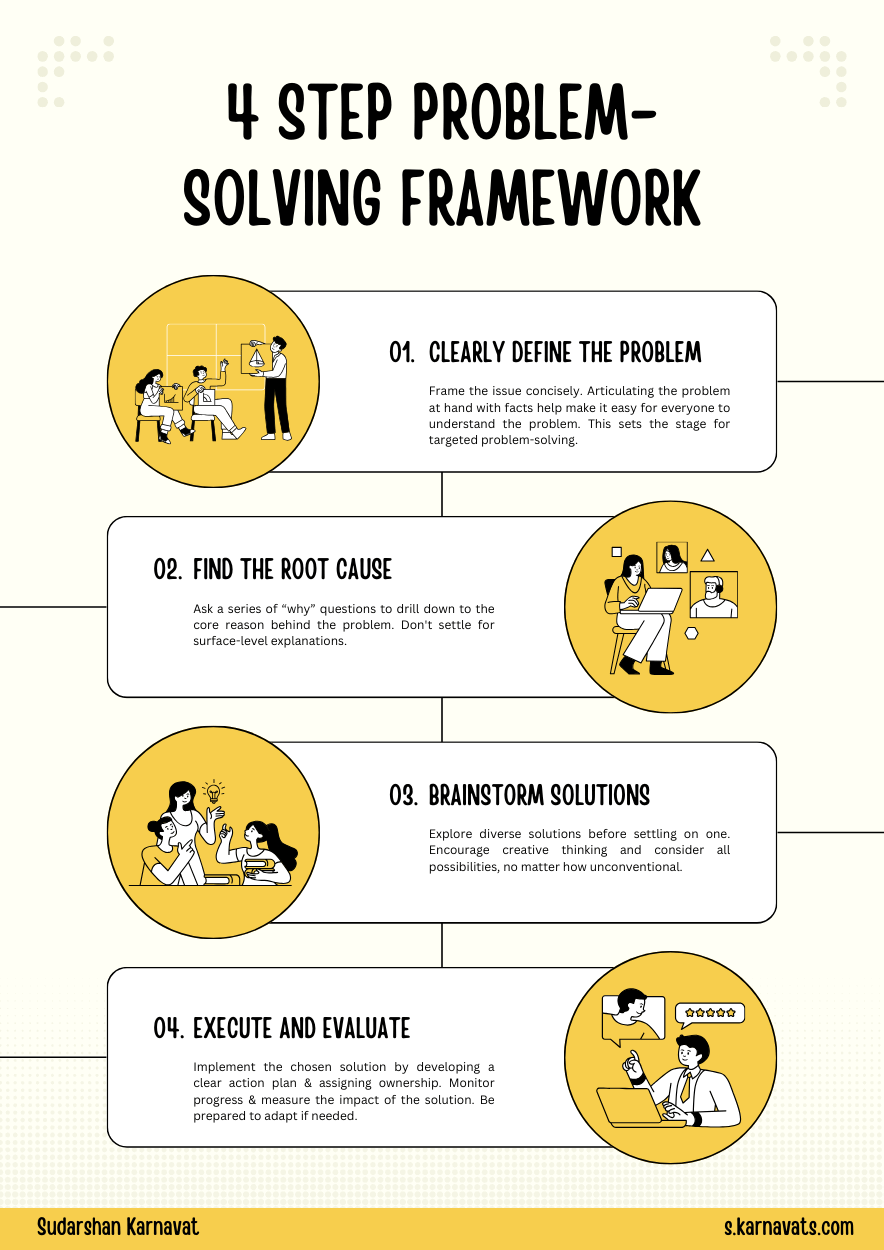As the Director of a software and construction contracting firm, my primary role is to tackle problems. The most important lesson I’ve learned over the years is that the problem presented to you is not always the actual problem.
Often, the real issue lies beneath the surface. To uncover, it requires the right questions to be asked.
Let me share a simple example from our software design team. A client mentioned to our Customer Success team that deleting users in our SpynPRO app should be easier. Our support and design team instinctively worked on simplifying the process. When I reviewed the new design, it was indeed better, but I asked one crucial question.
Why does the client need to delete users so frequently?
This question was followed by a series of other questions that led us to identify several underlying issues:
- Duplicate Users: We were not alerting clients if a new user was accidentally added again (by matching their name/email/mobile).
- Deactivation Needs: The client wanted to deactivate users to prevent them from appearing as suggestions once they leave the organization.
- Subscription Charge Concerns: The client was worried that keeping inactive users might lead to higher subscription charges though that was not the case.
By identifying these problems, we were able to truly solve the client’s issue and enhance our product.
This experience highlights the importance of proper problem-solving.
Here’s our 4-step framework:
- Clearly Define the Problem: Frame the issue concisely. Articulating the problem at hand with facts helps make it easy for everyone to understand the problem. This sets the stage for targeted problem-solving.
- Find the Root Cause: Ask a series of “why” questions to drill down to the core reason behind the problem. Don’t settle for surface-level explanations.
- Brainstorm Solutions: Explore diverse solutions before settling on one. Encourage creative thinking and consider all possibilities, no matter how unconventional.
- Execute and Evaluate: Implement the chosen solution by developing a clear action plan & assigning ownership. Monitor progress & measure the impact of the solution. Be prepared to adapt if needed.
Employees often worry that spending time defining the problem may be seen as being unproductive by their managers. But as Albert Einstein said,
“If I had an hour to solve a problem, I’d spend 55 minutes thinking about the problem and 5 minutes thinking about solutions.”
#problemsolving #leadership #software #construction #productivity
Would love to know how you tackle problems in your industry?
Share it in the comments below.




